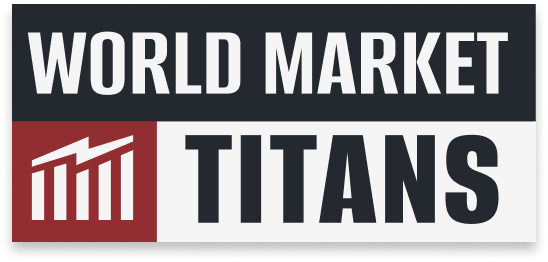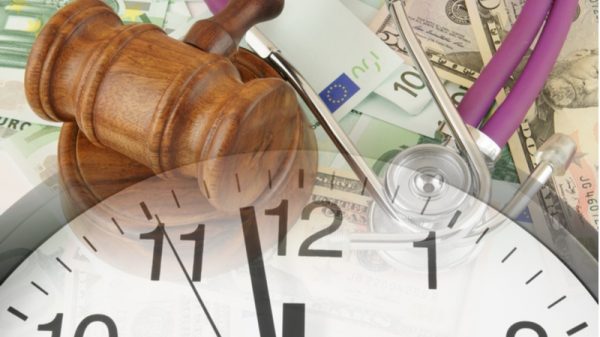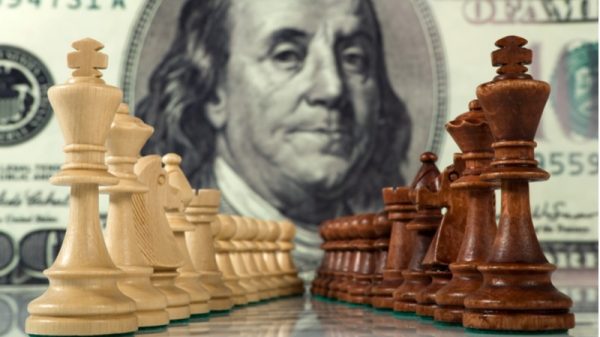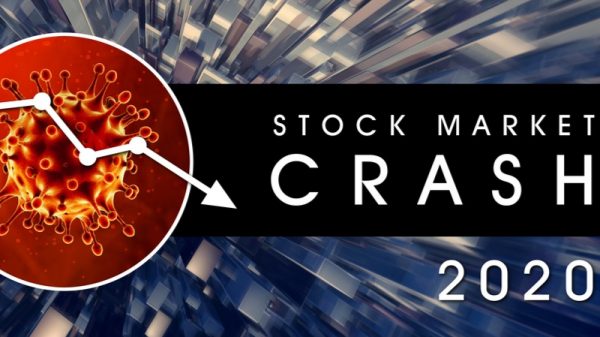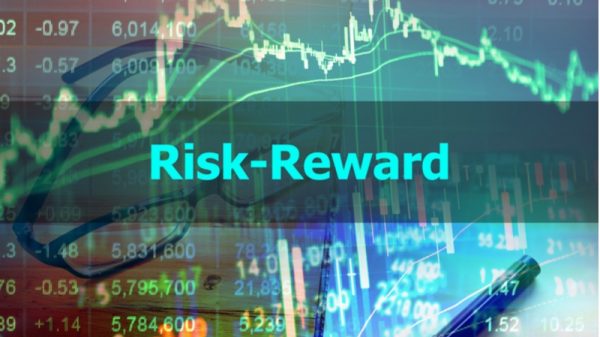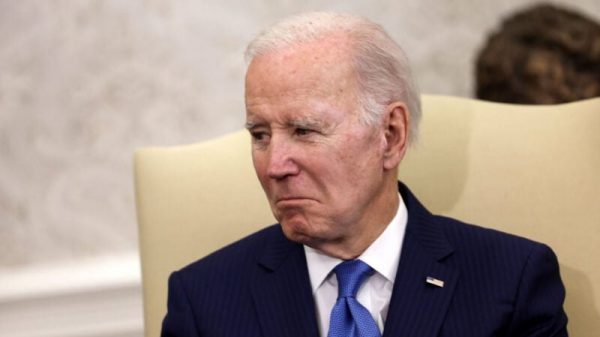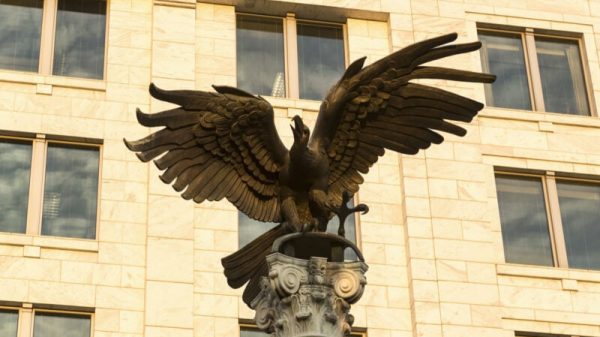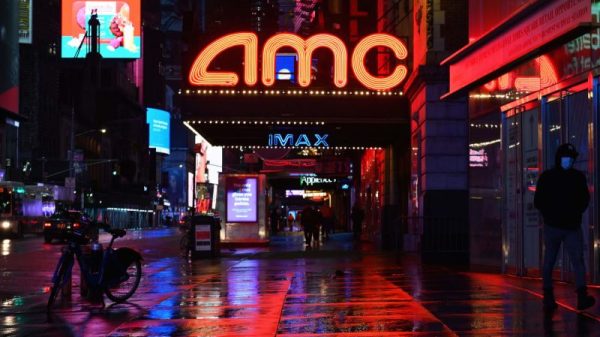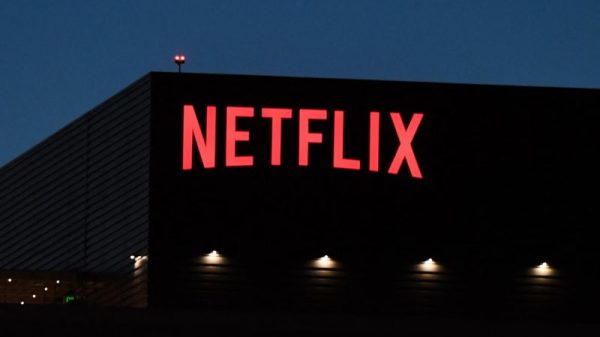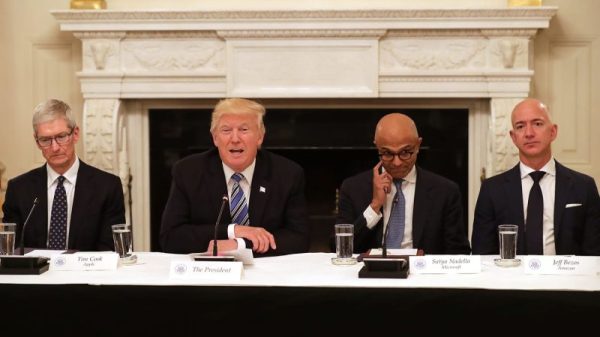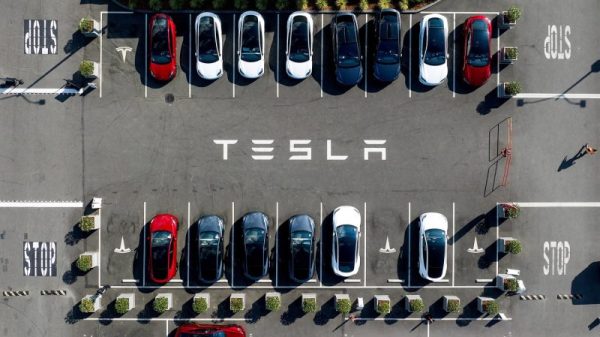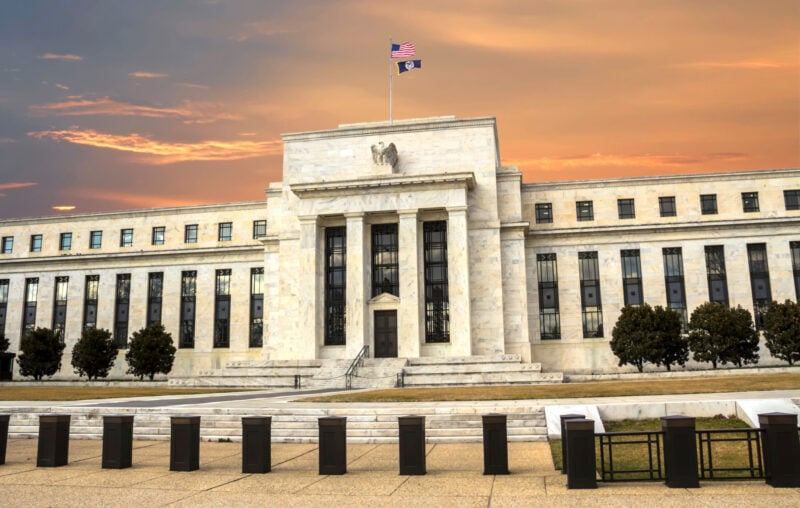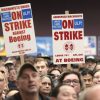The US economy added more than half a million jobs in January, significantly exceeding forecasters’ expectations. A robust labor market complicates the narrative of an impending recession. But some commentators worry it might force the Fed into even-more-contractionary policy. Does the recent strong jobs report spell trouble for the Federal Reserve?
The prevailing wisdom among economic and financial journalists is that tight labor markets drive up inflation. They claim that the Fed can ease pricing pressures by raising its interest rate target or shrinking its balance sheet, but only at the cost of worse employment conditions. This view is sometimes expressed with reference to the Phillips curve, which old-school Keynesians took to mean there was an exploitable tradeoff between unemployment and inflation.
Thankfully, we don’t need to worry about the Phillips curve. The unemployment-inflation tradeoff doesn’t exist. Phillips curve reasoning — that big swings in aggregate demand can push joblessness up and inflation down — only makes sense as part of a macroeconomic paradigm that invalidates simplistic thinking about the so-called “menu of policy options.”
Fundamental economic performance, including output and employment, is determined on the supply side. Living standards depend on labor, capital, technology, and institutions. They do not depend on green pieces of paper or bank reserves. Monetary policy can determine the dollar’s purchasing power (or inflation, its rate of change), but it cannot make us richer or poorer in the long run.
Things are a little messier in the short run, where an unexpected change in monetary policy can affect incomes and jobs. But the way to think about this is as a deviation from a (supply side) trend. There is no need to fashion an entirely new (demand side) economic reality to account for nominal disturbances.
The key word is “unexpected.” If households and businesses make their employment and production decisions based on a 2 percent long-run inflation rate, creating new money fast enough to result in 3 percent inflation may fool them into working and making more for a while. But once markets get wise to the game, the goods-and-services bonanza ends. The only permanent impact is an even-more-depreciated dollar.
Policymakers can’t choose inflation-unemployment combinations like they’re picking off a menu. The real (non-inflationary effects) of monetary policy are an artifact of policy unpredictability. In fact, if policy were credible, there would be almost no real effects of monetary policy! (“Almost” because even perfectly predicted inflation could induce investment and portfolio choices, such as economizing on cash and other non-interest-bearing dollar-denominated assets, that affect the allocation of resources.)
The best thing the Fed can do to fight inflation is rigorously commit itself to price stability. It should ditch its “average” inflation target, which it adopted in August 2020. Targeting 2 percent inflation on average only works if the Fed has the credibility to follow periods of overshooting with undershooting. It doesn’t. Chairman Powell and the FOMC have no intention of delivering less-than-2-percent inflation to offset nearly two years of higher-than-2-percent inflation. Instead, they will allow the price level to remain permanently elevated. Without a symmetric response to deviations from the target, the Fed’s so-called average inflation target will not produce 2 percent inflation on average. Instead, it will tend to produce inflation that exceeds 2 percent. That’s a far cry from price stability.
